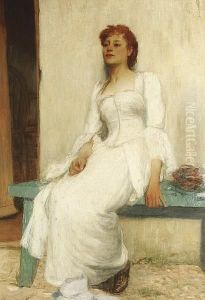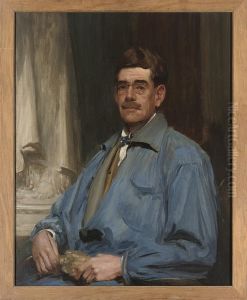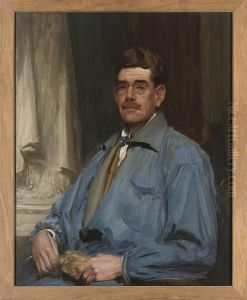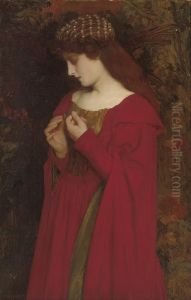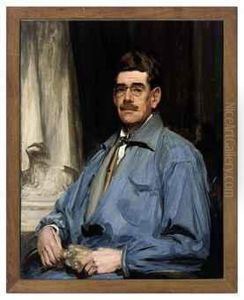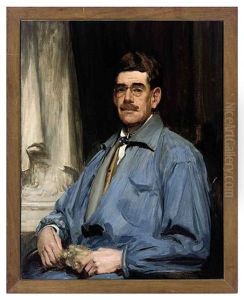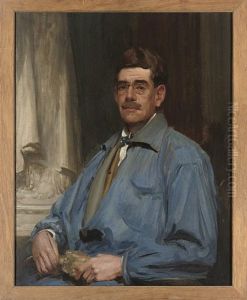Charles Leonard Hartwell Paintings
Charles Leonard Hartwell was a British sculptor, born in 1873 in England. He became known for his work in the early 20th century, which often encompassed figures, portrait busts, and monumental sculptures. Hartwell was part of the New Sculpture movement, which sought to bring a greater sense of naturalism and vitality to British sculpture, in contrast to the rigid and formal approaches that had been prevalent in the Victorian era.
Hartwell received his formal artistic training at the Royal Academy Schools in London, where he honed his craft under the tutelage of eminent sculptors of the time. His education there would have provided him with a strong foundation in traditional sculptural techniques, as well as an exposure to the changing tastes and styles of the art world at the turn of the century.
Over his career, Hartwell received several commissions for public monuments, which would have solidified his reputation as a skilled sculptor. His works were exhibited at various institutions, including the Royal Academy of Arts, and his pieces are part of collections in the United Kingdom and beyond. Despite the prevalence of other art movements in the early 20th century, including Modernism, Hartwell's work retained a classical sensibility, often characterized by a sense of realism and attention to detail.
Charles Leonard Hartwell passed away in 1951, leaving behind a body of work that contributed to the British sculpture of his time. Although not as widely known today as some of his contemporaries, Hartwell's sculptures still stand as a testament to the New Sculpture movement and the transition in British art from the Victorian era to the modern period.
